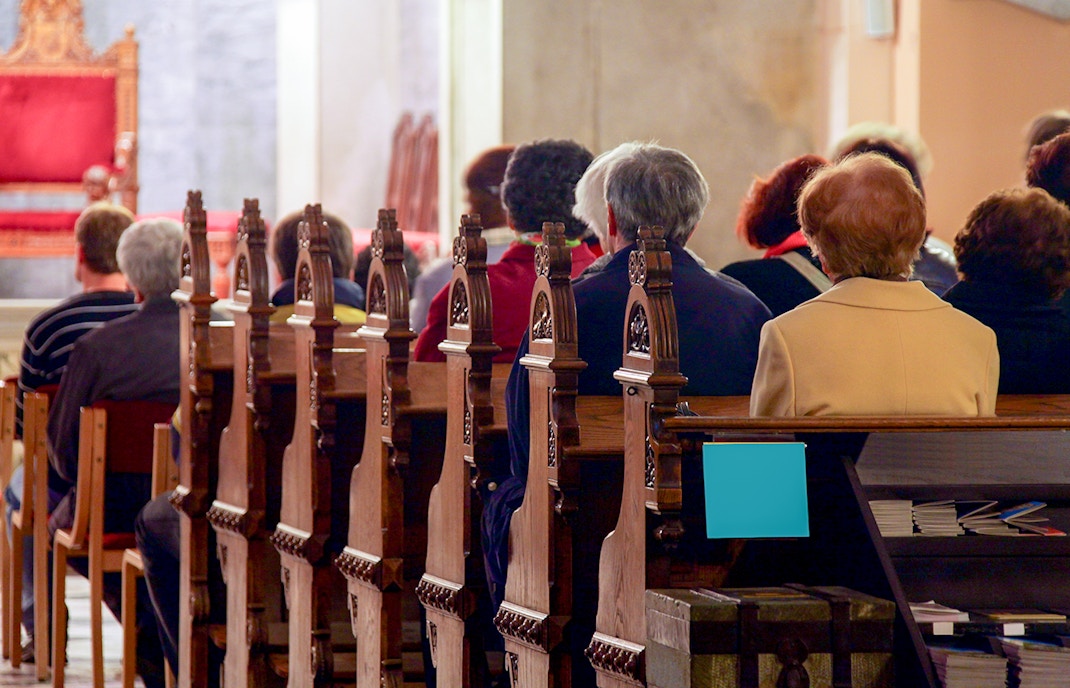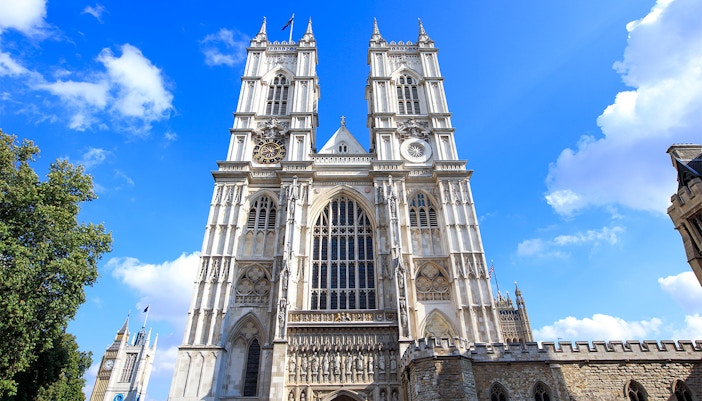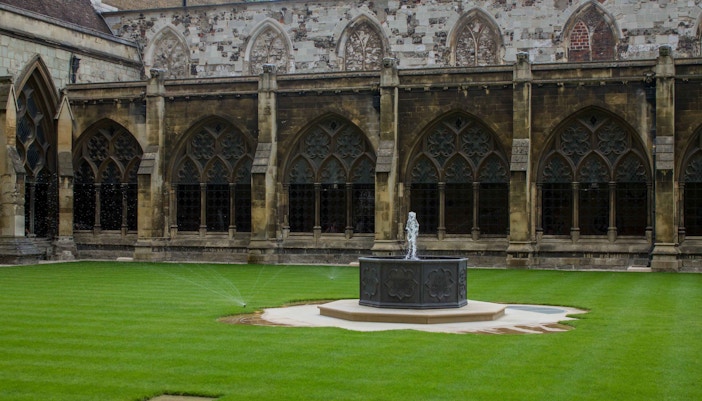Founded around 960 AD, Westminster Abbey began as a Benedictine monastery on Thorney Island, a marshy delta where the Tyburn's two streams met the Thames. Its strategic location likely influenced its establishment. This initial monastery laid the foundation for what would evolve into a symbol of English history and architecture.
Westminster Abbey history explained

960: Establishment of Benedictine monastery

1065: Construction of the present church
In 1065, the dedication of a new church by Edward the Confessor marked a significant turning point for Westminster Abbey, establishing its role as the site for royal coronations. This set the stage for the Abbey to become a central venue for national ceremonies, solidifying its status as a symbol of British heritage and tradition.

1245: Rebuilding Edward's church
In 1245, Henry III initiated a reconstruction of Edward the Confessor's church into the Gothic style. This decision increased the Abbey's grandeur and cemented its role as a symbol of royal authority and religious importance. The introduction of Gothic elements during this renovation has contributed to the Abbey's iconic appearance.

1470-1483: Westminster Abbey as a Sanctuary
The Abbey was a chartered Sanctuary that gave immunity from justice to traitors, felons debtors, and important political figures within its walls and in designated houses nearby, under certain strict conditions. The Abbot of Westminster, Thomas Millyng, took care of the royal family and Edward V was born and baptised while in Sanctuary.

1539: Dissolution and restoration
Westminster Abbey faced a threat during the Dissolution of the Monasteries in the 1530s. Henry VIII declared the Abbey a cathedral in 1540 to preserve it, exempting it from destruction. This move allowed it to maintain its role in royal ceremonies and as a burial site for notable figures. In 1556, it was restored to its original status as a collegiate church.

1560: Westminster Abbey termed ‘Royal Peculiar’
In 1560, Queen Elizabeth I reinstated Westminster Abbey as a ‘Royal Peculiar’, affirming its status as a place of worship directly governed by the monarchy rather than the diocese. This decree not only underscored the Abbey's connection to the Crown but also highlighted its role in the lengths of British heritage.

1727: Burial of Sir Issac Newton
The burial of Sir Isaac Newton in 1727 marked a defining moment, establishing it as a preeminent resting place for important British figures. By 1900, it had evolved into Britain's 'National Valhalla,' as described by writer William Morris, celebrating its status as a burial space for the nation's revered scientists, politicians, and military heroes.

1953: Coronation of Queen Elizabeth II
The 1953 coronation of Queen Elizabeth II, the first fully televised coronation, marked a defining moment in broadcasting history. This event highlighted Westminster Abbey's role as a venue for grand ceremonies and sparked a surge in television ownership, underlining the ceremony's appeal and the Abbey's international importance.

2011: Prince William and Katherine’s wedding
The wedding of Prince William and Katherine Middleton at Westminster Abbey reaffirmed the venue’s tradition as a site for royal weddings, a tradition extending over 900 years. Their marriage on April 29 2011, highlighted the Abbey’s elegance and role in modern ceremonies and new beginnings within the royal family.

2022: Funeral of Queen Elizabeth II
The funeral of Queen Elizabeth II in 2022 was a recent somber event that reinforced the Abbey’s role in the British monarchy. Serving as a solemn venue for key royal ceremonies, the Abbey became a place of national reverence and remembrance, highlighting its association with the monarchy throughout centuries of British history.

















